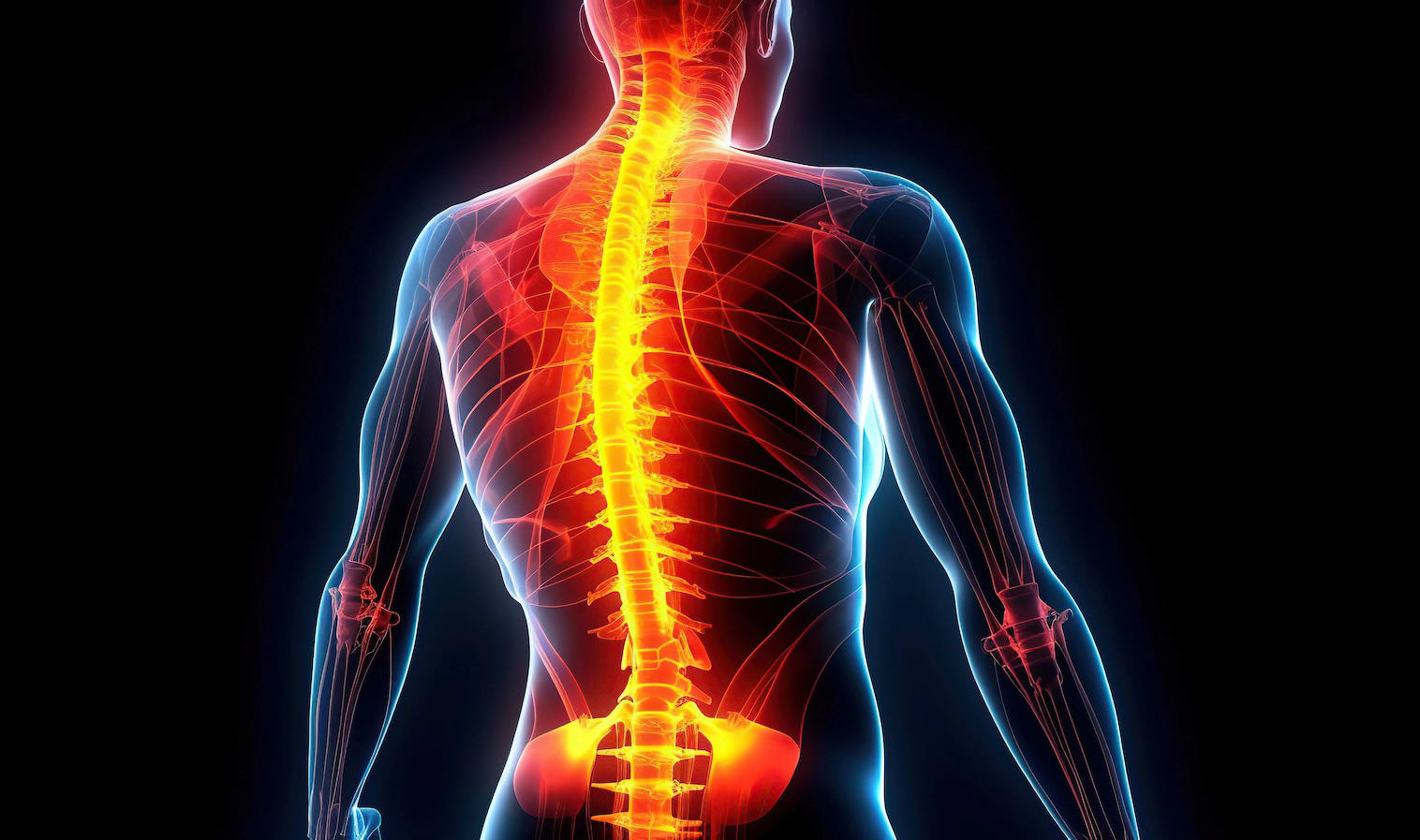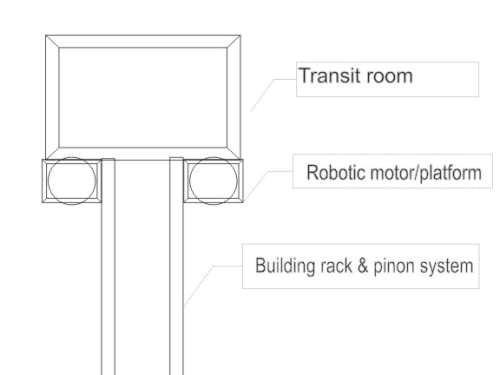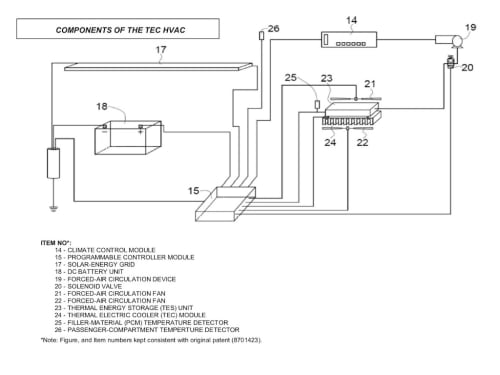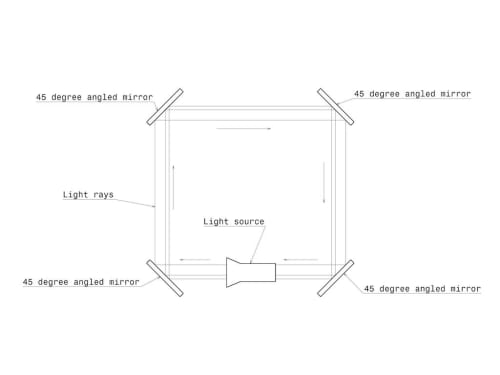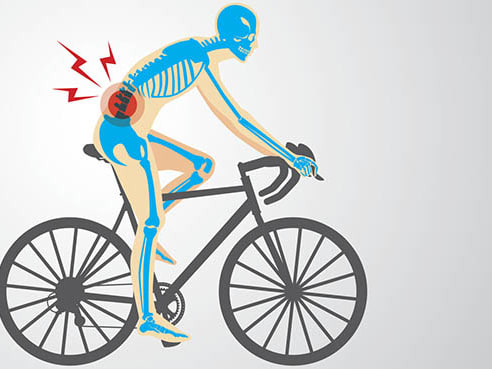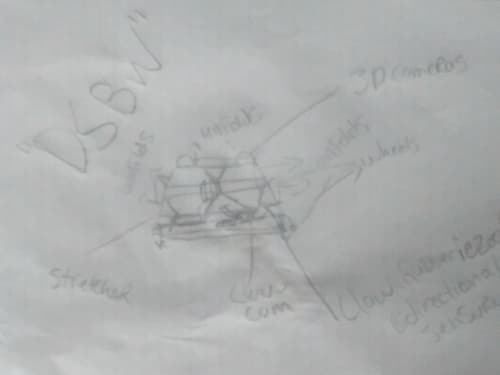The 2025 Contest is Now Open for Entries!
Submit your best new product ideas in any of seven categories for a chance at $25,000 USD and other great prizes. Here’s how to get started.
Help build a better tomorrow
Since Tech Briefs magazine launched the Create the Future Design contest in 2002 to recognize and reward engineering innovation, over 15,000 design ideas have been submitted by engineers, students, and entrepreneurs in more than 100 countries. Join the innovators who dared to dream big by entering your ideas today.
Read About All the 2024 Winning Inventions
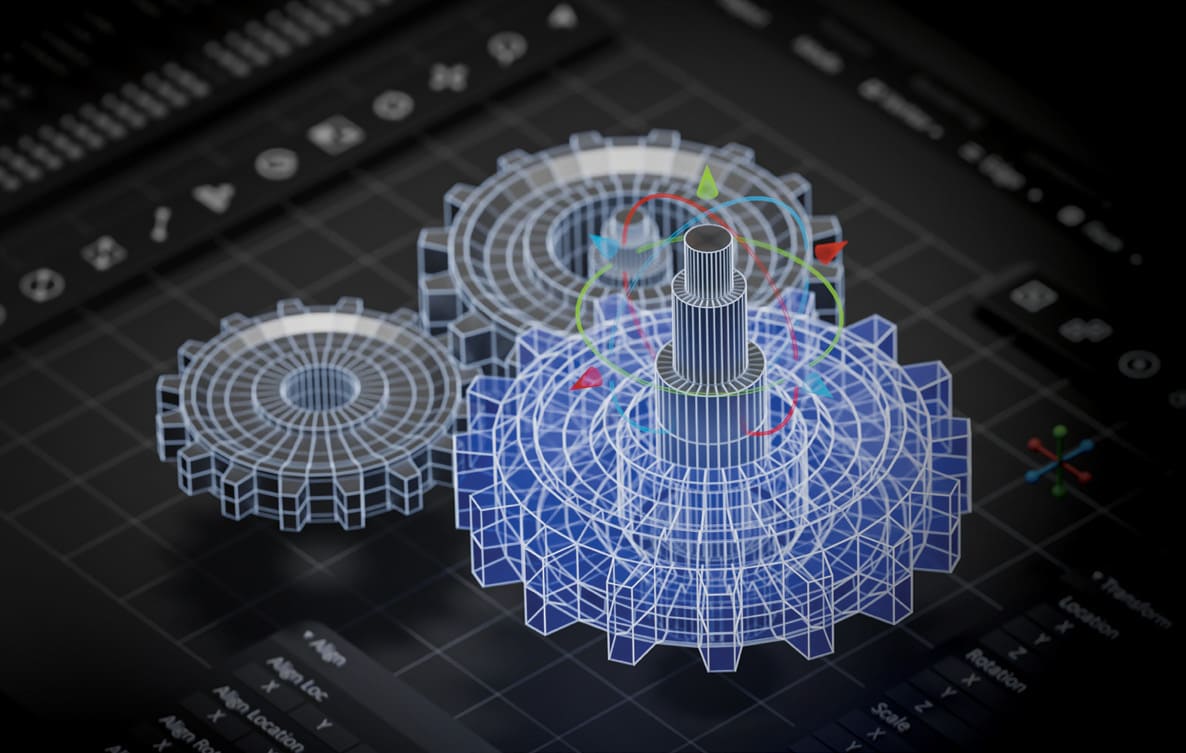
Special Report spotlights the eight amazing winners in 2024 as well as honorable mentions in each category, plus the top ten most popular entries as voted by our community.
Click here to read moreA ‘Create the Future’ Winner Featured on ‘Here’s an Idea’
Spinal cord injury affects 17,000 Americans and 700,000 people worldwide each year. A research team at NeuroPair, Inc. won the Grand Prize in the 2023 Create the Future Design Contest for a revolutionary approach to spinal cord repair. In this Here’s an Idea podcast episode, Dr. Johannes Dapprich, NeuroPair’s CEO and founder, discusses their groundbreaking approach that addresses a critical need in the medical field, offering a fast and minimally invasive solution to a long-standing problem.
Listen nowThank you from our Sponsors
“At COMSOL, we are very excited to recognize innovators and their important work this year. We are grateful for the opportunity to support the Create the Future Design Contest, which is an excellent platform for designers to showcase their ideas and products in front of a worldwide audience. Best of luck to all participants!”
— Bernt Nilsson, Senior Vice President of Marketing, COMSOL, Inc.
“From our beginnings, Mouser has supported engineers, innovators and students. We are proud of our longstanding support for the Create the Future Design Contest and the many innovations it has inspired.”
— Kevin Hess, Senior Vice President of Marketing, Mouser Electronics
contest/2019
2019
This magnetic lifter drone robotic aircraft.
This Small drone aircraft is based on WW2 designs used by the German Military that were recovered during The 1947 project Operation High Jump .
Towards a standardized and flexible mix of transportation and pluggable architecture. Use of standard steel cargo container dimensions for the construction of personalized transit rooms. The rooms would be moved using an independent robotic motor unit and elevated to z-heights by architecturally incorporated rack and pinon designed system powered through the motor unit.
The TEC HVAC is a modification to the automotive transportation’s heating and cooling climate control system. The system shall be designed to integrate into a vehicle’s existing climate control system but shall incorporate stored thermal energy to cool and heat the vehicle’s cabin compartment; solar energy to power (or augment the existing power demand of) the climate control system;
A rotating internal combustion engine using spark or compression ignition manufactured with current metals/machining processes for motorcycles, automobiles, shipping, and aircraft. An attached compressor (twin screw) feeds air injectors, supplying the rotor chambers.
Pyramidal rotor chambers are placed around the rotor circumference allowing multiple firing impulses per revolution, with any design of rotor vanes, chambers,
This project is about doing an experiment on circulation of light. It is known that mirrors can reflect light and there is a device called the periscope used for this purpose. The mirrors of a periscope are fixed 45 degrees to reflect light.
Cycling is a great cardiovascular activity that's generally easy on the joints because it's not weight bearing, although back pain seems to be relatively common among cyclists. According to research, about 68% of people who cycle frequently experience debilitating back pain related to cycling at some point in their lives. Back pain from cycling has a number of causes,
A smart military tactical scope attachment that pairs to a smart visor attachment. The scope/visor attachments are equipped with 3D sensory cameraa and encrypted wireless signal reciever/relays. The 3D sensory cams functions pair to the smart scopes displays functions. The incrypted wireless signal receiver/relay pairs to the smart tactical scope/visor.
Automated/controlled deployment stretcher barrier wall or DSBW for short. Designed as a remote operated/Autonomous mobile deployment stretcher barrier wall the operator/user has full control capabilities allowing user to minipulate the defensive barriers movement via control center and or a wireless military touch control wrist monitoring device.
Page 31 of 53
